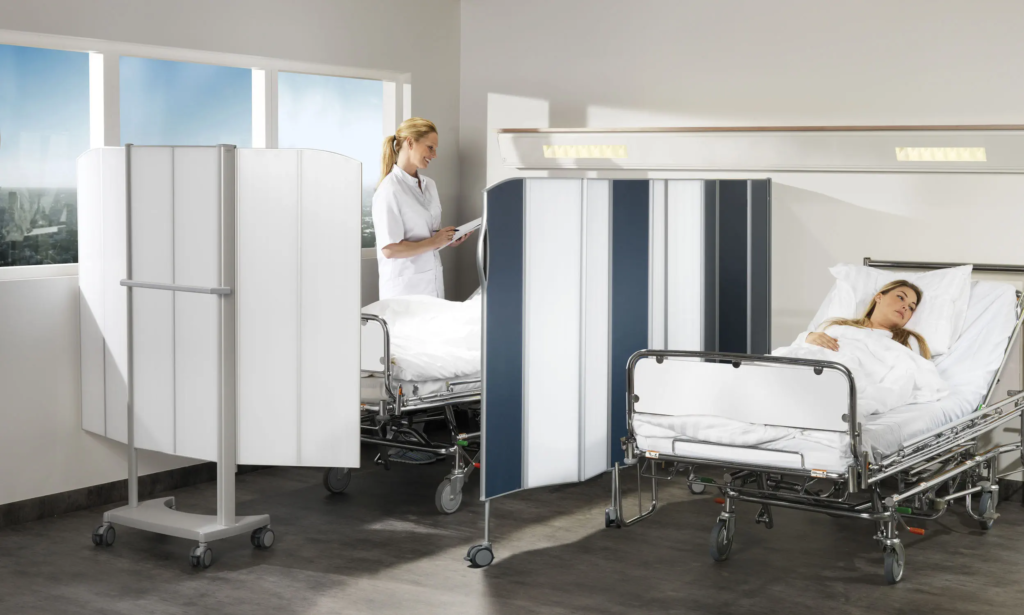GDA Nursing Class Notes 18
ASSIST PATIENT IN DRESSING UP
In a medical context refers to the process of assisting and facilitating a patient in changing their clothing. This can involve helping the patient put on clean clothes, undergarments, and any necessary medical garments or devices, such as compression stockings or wound dressings. Dressing up a patient is a fundamental aspect of nursing and caregiving, and it is essential for maintaining the patient’s hygiene, comfort, and overall well-being. It can also involve considerations for the patient’s mobility, privacy, and any medical conditions that might affect their ability to dress themselves. The goal is to ensure that the patient is appropriately dressed while preserving their dignity and independence as much as possible.

DRESSING AND UNDRESSING
In a medical context, “dressing” refers to the application of sterile materials, such as bandages, gauze, or other specialized coverings, to a wound or an injury. The primary purpose of dressing a wound is to protect it from infection, facilitate the healing process, absorb any excess fluids or exudate, and provide a barrier against external contaminants. Dressings can vary in form and composition based on the type and severity of the wound, and they play a crucial role in maintaining wound hygiene, preventing complications, and promoting optimal healing conditions.

“Undressing of a patient” in a medical context refers to the process of assisting and facilitating a patient in removing their clothing. This can involve helping the patient take off their clothes, undergarments, and any medical devices or garments they might be wearing. The undressing process is typically carried out by healthcare professionals, such as nurses or caregivers, especially when the patient has limited mobility, is recovering from surgery, or is otherwise unable to undress themselves.

PRINCIPLES OF DRESSING AND UNDRESSING
Dressing and undressing patients in a healthcare setting requires adherence to certain principles to ensure patient comfort, privacy, safety, and overall well-being. Here are some key principles for dressing and undressing patients:
•Patients with physical limitations will require dressing techniques that will allow them to safely dress
•Undress without pain or discomfort
•Always preserve the patient modesty by not undressing him unnecessarily
•Talk to the patient to alley anxieties and embarrassment during the process
•Do not rush through the procedure
•Be gentle in your movements and pull the clothes not the person

STEPS TO FOLLOW WHILE DRESSING AND UNDRESSING PROCESS
• Explain the procedure to the patient
• Wash your hands
• Involve the patient as much as possible. For instance, encourage the patient to choose what clothing and accessories they want to wear
• Maintain the privacy of the patient by providing screen
• When the patient has a physical limitation involving the extremities, support the extremity while dressing or undressing. Always undress the unaffected side first and dress the affected side first
• Don’t forget to check whether a patient requires any assistive devices, such as protheses, denture4s, orthopedic insoles, glasses, hearing aids or mobility aids.

